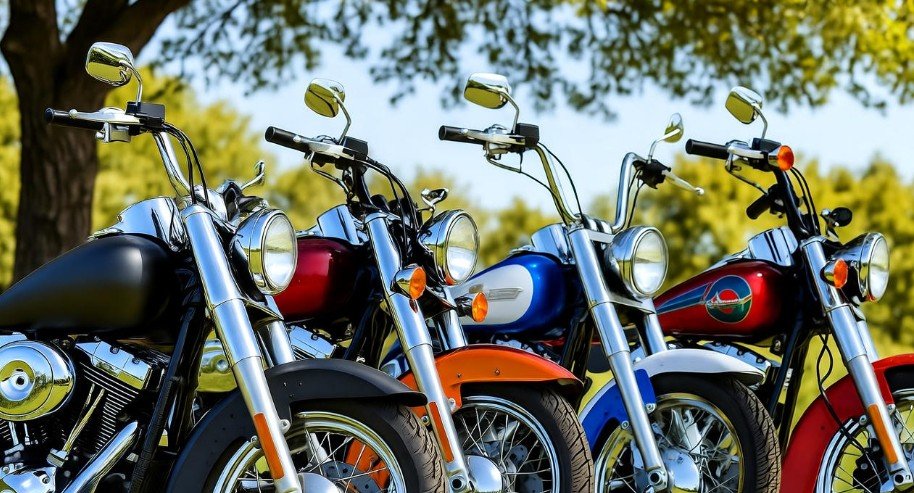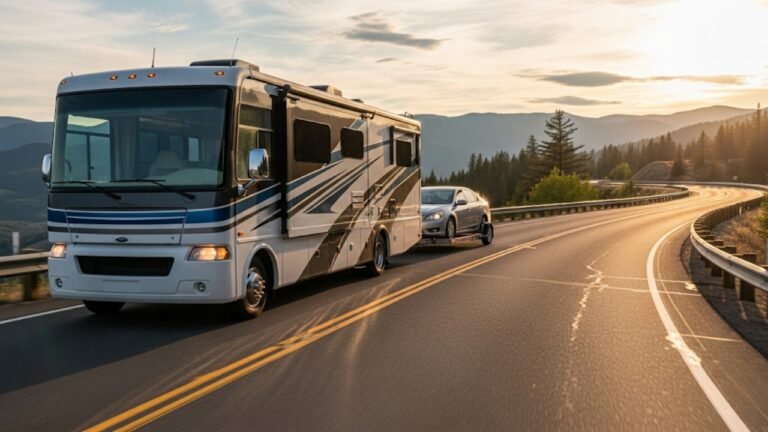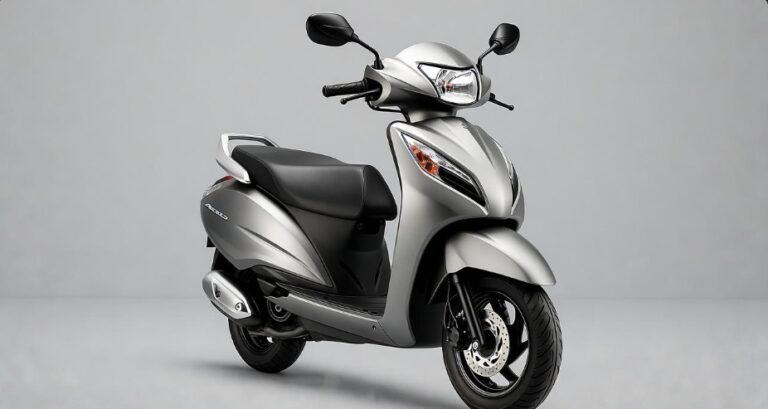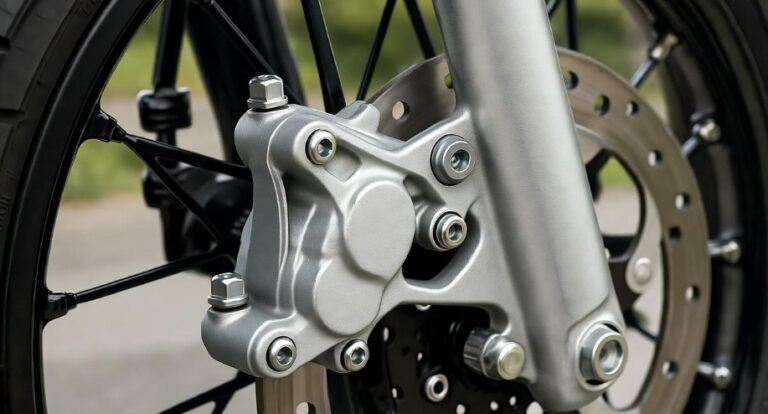Harley Davidson Paint Schemes By Year: Vintage Vibes

Harley Davidson motorcycles are more than machines—they are rolling pieces of art, a canvas that evolves with each passing year. Anyone who has spent time admiring these legendary bikes knows that their allure goes far beyond engine size or chrome finishes. The true magic lies in the paint schemes, a vivid language of color that speaks to culture, personality, and freedom. Every Harley enthusiast understands that the choice of paint is not just aesthetic—it’s deeply personal. Over the decades, Harley Davidson has carefully curated its yearly paint collections, blending contemporary trends with timeless classics. These paint schemes are a reflection of the company’s commitment to innovation while honoring its rich history. Whether you are drawn to bold neon flashes of the 1970s or the understated elegance of modern metallics, there’s a story behind every hue. The evolution of Harley Davidson paint schemes is a journey through American culture, motorcycle engineering, and creative expression, making each year’s lineup a snapshot of its era.
Early Days: The Foundations of Harley Color (1903–1930s)
In the beginning, Harley Davidson motorcycles were functional machines first and fashion statements second. The earliest models, emerging in the early 1900s, embraced simplicity with basic color schemes. Black dominated the palette, reflecting both practicality and the industrial spirit of the era. Bikes had to endure rough roads and harsh conditions, so paint was less about flair and more about protection. However, as Harley gained popularity, the company began experimenting with additional colors to make their motorcycles visually appealing. Olive green and gray entered the lineup, often inspired by military aesthetics of the post-World War I period. By the 1930s, red, blue, and even orange began making appearances, signaling a move toward vibrant designs that could capture attention in urban environments. These early paint choices were modest yet pioneering, setting the stage for decades of innovation. For collectors today, motorcycles from this period with original paint schemes are highly prized because they capture the authenticity and raw charm of Harley’s formative years. Each brushstroke, from muted green to vivid red, represents a step in Harley’s journey from functional transport to cultural icon.
Post-War Era: Color Comes Alive (1940s–1950s)
The 1940s and 1950s were transformative decades for Harley Davidson paint schemes. The post-war optimism of America seeped into motorcycle design, inspiring more adventurous and stylish color palettes. Two-tone paint jobs became a hallmark of this period, combining complementary shades to give bikes a sleek, modern look. Popular combinations like deep navy with cream or maroon with silver showcased a newfound elegance and sophistication. By the 1950s, Harley was embracing colors that mirrored fashion trends, including soft pinks, turquoise, and metallic finishes. These choices were bold statements, reflecting both individuality and the era’s cultural vibrancy. Metallic paints added a luxurious dimension, capturing sunlight in a way that made every ride visually dynamic. Bikes from this era didn’t just stand out—they defined style on the road. Harley Davidson understood that motorcycles were more than mechanical marvels; they were expressions of identity. Riders in the 1950s could showcase personal flair with a color choice, turning each machine into a reflection of personality. The innovation in paint schemes during this period laid the foundation for the colorful experimentation that would dominate the 1960s and 1970s.
The Swinging Sixties: Bold Expressions and Cultural Influence
The 1960s were an era of experimentation and social transformation, and Harley Davidson paint schemes reflected these changes with unapologetic boldness. This was the decade where color became a statement of freedom, rebellion, and personal style. Harley introduced bikes like the Electra Glide in 1965, which not only boasted innovative engineering with its electric starter but also showcased daring color combinations such as sparkling blues, vivid reds, and pearlescent finishes. Pop culture exerted a huge influence on paint trends. Movies, television shows, and the rise of the counterculture movement encouraged vibrant hues and striking patterns. Riders wanted their bikes to mirror the revolutionary spirit of the times. Metallic and pearl finishes added depth, while two-tone schemes emphasized individuality. Signature colors such as Hi-Fi Red, Birch White, King Blue, and Pepper Red became iconic, and some bikes even featured intricate striping that gave the illusion of motion even when stationary. The 1960s were a time when a Harley was more than transportation; it was a rolling canvas that spoke to freedom, style, and cultural consciousness. These paint schemes not only turned heads on the street but also inspired generations of custom painters and enthusiasts to explore creativity without limits.
The 1970s: Liberation Through Color and Design
Harley Davidson paint schemes in the 1970s were a riot of color and imagination, reflecting a society that was embracing self-expression more freely than ever before. The decade saw the emergence of neon greens, fiery reds, electric blues, and other striking colors that refused to blend into the background. Harley didn’t stop at just bold colors—they also introduced elaborate stripes, graphics, and airbrushed designs featuring eagles, flames, and even skulls. Each motorcycle became a unique statement piece, an extension of the rider’s personality and values. This era coincided with the rise of custom culture, where owners often personalized their machines with aftermarket finishes, candy colors, and intricate patterns. Harley’s factory responded with models that embraced this flamboyant spirit, offering signature graphics and liberated palettes that encouraged riders to break free from convention. The 1970s were also marked by the popularity of the Super Glide, which featured iconic candy apple red paint, creating a visual identity that remains celebrated in vintage Harley circles. These paint schemes were about more than beauty—they were emblems of freedom and rebellion, capturing the energy, optimism, and creative spirit of the time.
The 1980s: Customization Becomes Mainstream
By the 1980s, Harley Davidson had fully embraced the trend of personalization. Riders were no longer satisfied with standard colors—they wanted their motorcycles to be reflections of their identity. Factory custom paint schemes became a major selling point, with a focus on metallic finishes and vibrant hues designed to stand out. Signature colors such as Midnight Blue, Electric Orange, and Candy Apple Red dominated the streets, providing both visual appeal and cultural significance. Special edition models further elevated the allure of Harley paint schemes. Bikes like the FXR with black and gold, Sportster 883 in red, white, and blue, and Softail in silver and black became collector favorites. These editions often highlighted elaborate striping, graphics, and color combinations not available on regular production models. The 1980s were a decade when artistry met engineering, and paint schemes became an essential part of Harley’s brand identity. Enthusiasts could now ride machines that were both technically superb and visually unforgettable, setting the stage for the nostalgia-driven designs of the 1990s.
The 1990s: Revival, Retro, and Nostalgia
The 1990s marked a turning point for Harley Davidson paint schemes, blending nostalgia with modern touches. Riders and collectors alike sought designs that paid homage to the brand’s iconic past while embracing contemporary aesthetics. During this era, Heritage Lines became highly popular, featuring deep, rich colors such as classic reds, black, and midnight blues, often paired with chrome accents and intricate pinstripes. These two-tone designs reflected a vintage sensibility while maintaining a contemporary appeal. Models like the Heritage Softail Classic highlighted this approach, combining spoke wheels, leather saddlebags, and meticulously detailed paint jobs to evoke the elegance of the 1950s and 1960s. Meanwhile, the Dyna Wide Glide embraced a more rebellious spirit, showcasing bold flames and vibrant oranges or yellows reminiscent of the 1970s. The 1990s were an era when Harley Davidson Paint Schemes By Year not only preserved the brand’s legacy but also allowed riders to express personality, nostalgia, and individuality all at once. This decade set a precedent for blending history with modern style, ensuring that each motorcycle was both timeless and uniquely personal.
The Millennium Shift: 2000s Modern Classics
Entering the 2000s, Harley Davidson embraced a perfect marriage of technology and classic aesthetics. The new millennium saw innovations in painting techniques that allowed for more intricate graphics, vibrant flames, and sophisticated pinstripes. Models like the Fat Boy, Softail, and Road King showcased two-tone designs combining deep blues with silvers, reds with blacks, or blacks with gold highlights. Anniversary editions became a hallmark of this decade, celebrating milestones such as the 95th anniversary in 1998 and the 100th in 2003. These special edition bikes were adorned with black and silver themes, exclusive pinstripes, and commemorative logos, instantly elevating them to collector’s status. The 2000s proved that Harley Davidson Paint Schemes By Year could simultaneously honor the brand’s storied past while embracing modernity, giving riders the freedom to own a motorcycle that felt both contemporary and steeped in history. This era further cemented Harley’s reputation as a brand that understood the emotional and aesthetic connection riders have with their bikes, turning every paint job into a storytelling device.
The 2010s: Personalization at Its Peak
The 2010s represented a high-water mark for customization and personalization in Harley Davidson paint schemes. Riders no longer had to settle for pre-selected factory colors—they could collaborate with the brand to create a bike that expressed their personal style. Popular custom colors included Vivid Black, Brilliant Silver, Velocity Red Sunglo, Amber Whiskey, and the iconic Hard Candy Custom series, which featured sparkling, bold finishes. Limited runs and artist collaborations became increasingly popular, with Harley partnering with renowned artists to create unique, collectible designs. Models like the 2012 Softail Deluxe painted by David Uhl, the 2015 Street Glide with Scott Jacobs’ artistry, and the 2018 Fat Boy designed by Michael Lichter exemplified this trend. These paint schemes were more than visual statements; they were expressions of identity, culture, and passion, showcasing how Harley Davidson continually adapted to meet the desires of a new generation of riders. This era firmly established the philosophy that a motorcycle is an extension of the rider, and the paint scheme is the first declaration of personality.
2020 and Beyond: Contemporary Classics
In the 2020s, Harley Davidson continues to innovate, blending classic design with futuristic aesthetics. Modern paint schemes embrace metallic finishes, matte textures, neon accents, and highly customizable options, allowing riders to craft machines that are visually striking and uniquely theirs. Matte finishes provide a sleek, understated look, while metallic hues reflect light and amplify movement, ensuring every ride is as visually captivating as it is exhilarating. Even with these modern innovations, Harley pays homage to its roots by retaining historically significant colors like black, orange, and classic two-tone patterns reminiscent of the 1970s. Logos and stripes from past decades have been reintroduced, bridging generational gaps and allowing riders to celebrate Harley’s rich history while embracing contemporary trends. Today, Harley Davidson Paint Schemes By Year demonstrate the brand’s ability to evolve without losing sight of its identity, creating motorcycles that honor the past while embracing the future.
Iconic Paint Schemes and Their Stories
Certain Harley Davidson paint schemes are legendary not just for their color but for the stories they tell. The 1948 Panhead, for instance, showcased bold, vivid hues that made it a collector favorite. The 1965 Electra Glide, with its sparkling blue and white design, revolutionized aesthetics alongside engineering innovations like the electric starter. In 1971, the Super Glide, designed by Willie G. Davidson, captured hearts with its candy apple red finish, while the 1976 Liberty Edition celebrated the USA bicentennial with patriotic red, white, and blue. Even anniversary models like the 2003 100th Anniversary editions demonstrated the importance of paint schemes in storytelling, combining black and silver with commemorative logos to celebrate a century of Harley heritage. Each of these bikes illustrates how Harley Davidson Paint Schemes By Year are more than decoration—they’re symbols of culture, innovation, and personal expression.
Maintaining and Restoring Vintage Harley Paint
Preserving vintage Harley Davidson paint schemes is an art in itself. Proper maintenance not only protects aesthetic appeal but also retains historical value. Techniques for preservation include regular gentle cleaning, application of high-quality wax, parking in shaded areas to prevent UV damage, and immediate touch-up of any scratches or chips. Restoration requires a more methodical approach: identifying original color codes, preparing the surface meticulously, applying primer, painting in thin layers, and finishing with a clear coat for shine and protection. Enthusiasts who invest in maintenance and restoration find immense satisfaction, knowing their bikes remain true to Harley’s legacy. These techniques ensure that even decades-old motorcycles retain the vibrancy and charm that made them iconic in their respective eras.
Why Harley Davidson Paint Schemes Matter
Beyond aesthetics, Harley Davidson Paint Schemes By Year are cultural artifacts. They chronicle shifts in American fashion, popular culture, and social attitudes while celebrating individual expression. From the muted tones of the early 1900s to the dazzling neon of the 1970s and the sleek metallics of today, each paint scheme reflects the spirit of its time. For riders, choosing a Harley is a deeply personal decision, and the paint scheme often serves as the first form of self-expression. It signals personality, taste, and even affiliation with a community of enthusiasts who value both craftsmanship and identity. Understanding the history and evolution of Harley paint schemes enriches the ownership experience, offering insight into the heritage and innovation that define this legendary brand.
FAQs: Harley Davidson Paint Schemes By Year
Q1: Why do Harley Davidson paint schemes change every year?
Harley updates paint schemes annually to reflect current trends, customer preferences, and technological advances in paint finishes. These changes ensure the bikes remain visually relevant and appealing.
Q2: Which era introduced two-tone Harley paint schemes?
Two-tone paint schemes became prominent in the 1940s post-war era, adding sophistication and depth to Harley motorcycles.
Q3: What was unique about 1970s Harley paint?
The 1970s embraced bold, neon colors and intricate graphics, including flames, skulls, and eagles, reflecting cultural freedom and rebellion.
Q4: How did the 2010s change customization?
The 2010s allowed unprecedented personalization, with riders selecting custom colors and collaborating with artists for limited-edition, hand-painted designs.
Q5: Which Harley model is known for iconic candy apple red paint?
The 1971 Super Glide, designed by Willie G. Davidson, is famous for its candy apple red paint scheme.
Q6: Are modern Harley paint schemes more durable?
Yes, modern Harley paint incorporates advanced finishes like metallics and mattes, providing both aesthetic appeal and long-lasting durability.
Q7: How should vintage Harley paint be preserved?
Regular cleaning, wax application, UV protection, and touch-ups are essential for maintaining vintage paint. For full restoration, following a step-by-step process with primer, paint layers, and clear coat is recommended.
Q8: Can Harley Davidson paint schemes reflect culture and history?
Absolutely. Each era’s paint choices mirror societal trends, pop culture, and American heritage, making the bikes living pieces of cultural history.
Conclusion: Riding Through Colorful History
Exploring Harley Davidson Paint Schemes By Year is like taking a ride through history. Each decade tells a story through colors, patterns, and finishes, from the early utilitarian blacks to the bold neon statements of the 1970s and the sophisticated metallics of today. These paint schemes are more than decoration—they are reflections of culture, identity, and artistic expression. Owning a Harley is about more than riding; it’s about connecting with a legacy that celebrates individuality, creativity, and freedom. Whether you’re a collector, a rider, or simply a fan, understanding the evolution of Harley paint schemes enriches your appreciation of this legendary brand. Every bike is a canvas, every color a statement, and every year a chapter in the ongoing story of Harley Davidson. Let your motorcycle reflect your personality, history, and the vibrant legacy of American craftsmanship.





